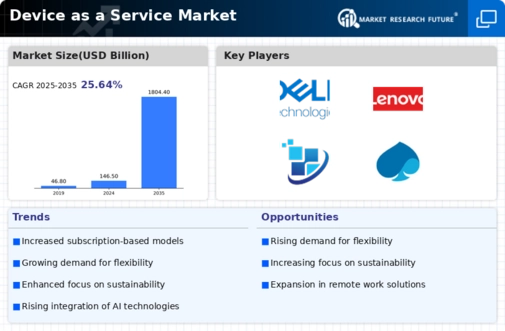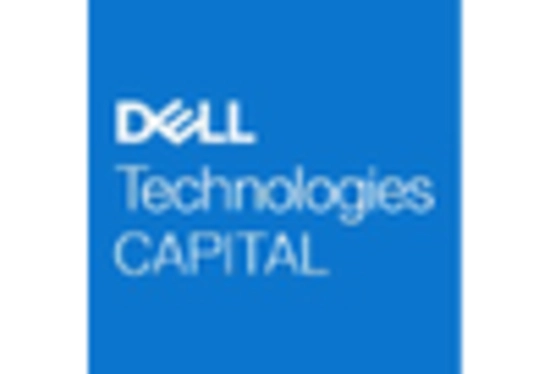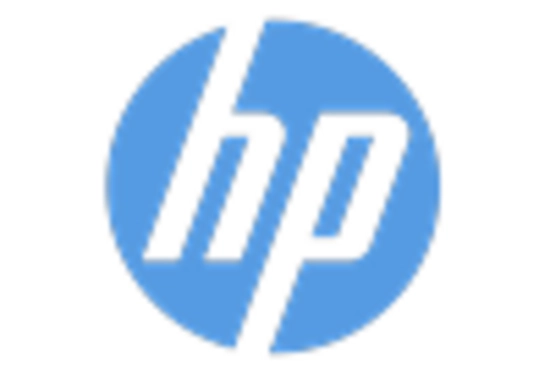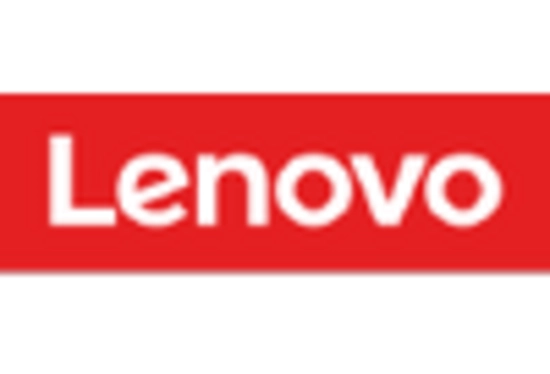Enhanced Flexibility and Scalability
Flexibility and scalability are pivotal drivers in the Device as a Service Market. Organizations are increasingly seeking solutions that can adapt to their changing needs, particularly in dynamic business environments. The Device as a Service model allows companies to scale their device usage up or down based on current requirements without the burden of long-term commitments. This adaptability is particularly advantageous for businesses experiencing rapid growth or seasonal fluctuations. Furthermore, the ability to upgrade devices regularly ensures that organizations remain competitive by utilizing the latest technology. As a result, the Device as a Service Market is witnessing a surge in demand from businesses that prioritize agility and responsiveness in their operations.
Integration of Advanced Technologies
The integration of advanced technologies is a key driver in the Device as a Service Market. As businesses seek to enhance their operational efficiency, the incorporation of technologies such as artificial intelligence, machine learning, and the Internet of Things is becoming essential. Device as a Service providers are increasingly offering solutions that integrate these technologies, enabling organizations to leverage data analytics and automation. This integration not only streamlines processes but also enhances decision-making capabilities. According to industry reports, companies that utilize advanced technologies in their operations can achieve up to a 25 percent increase in efficiency. Thus, the Device as a Service Market is poised for growth as organizations recognize the value of integrating cutting-edge technologies into their device management strategies.
Cost Efficiency and Budget Management
The Device as a Service Market is increasingly appealing to organizations seeking cost efficiency and improved budget management. By adopting a subscription-based model, companies can avoid the substantial upfront costs associated with purchasing devices outright. This model allows for predictable monthly expenses, which can be particularly beneficial for budgeting purposes. According to recent data, organizations that have transitioned to Device as a Service have reported a reduction in total cost of ownership by up to 30 percent. This financial flexibility enables businesses to allocate resources more effectively, potentially investing in other critical areas such as innovation and employee training. As a result, the Device as a Service Market is likely to continue growing as more companies recognize the financial advantages of this approach.
Focus on Employee Experience and Productivity
The Device as a Service Market is significantly influenced by the growing emphasis on employee experience and productivity. Organizations are increasingly recognizing that providing employees with the right tools can enhance job satisfaction and overall performance. By leveraging Device as a Service, companies can ensure that their workforce has access to the latest devices and technologies, which can lead to improved efficiency. Studies indicate that organizations that invest in modern technology solutions see a 20 percent increase in employee productivity. This focus on enhancing the employee experience is driving the adoption of Device as a Service, as businesses strive to create a more engaging and productive work environment.
Sustainability and Environmental Considerations
Sustainability is becoming a crucial consideration in the Device as a Service Market. As organizations strive to reduce their environmental footprint, the Device as a Service model offers a viable solution. This approach promotes the circular economy by facilitating the recycling and refurbishment of devices, thereby minimizing electronic waste. Companies that adopt this model can demonstrate their commitment to sustainability, which is increasingly important to consumers and stakeholders alike. Recent surveys indicate that over 70 percent of consumers prefer to engage with brands that prioritize environmental responsibility. Consequently, the Device as a Service Market is likely to see continued growth as businesses align their operations with sustainable practices.

















Leave a Comment